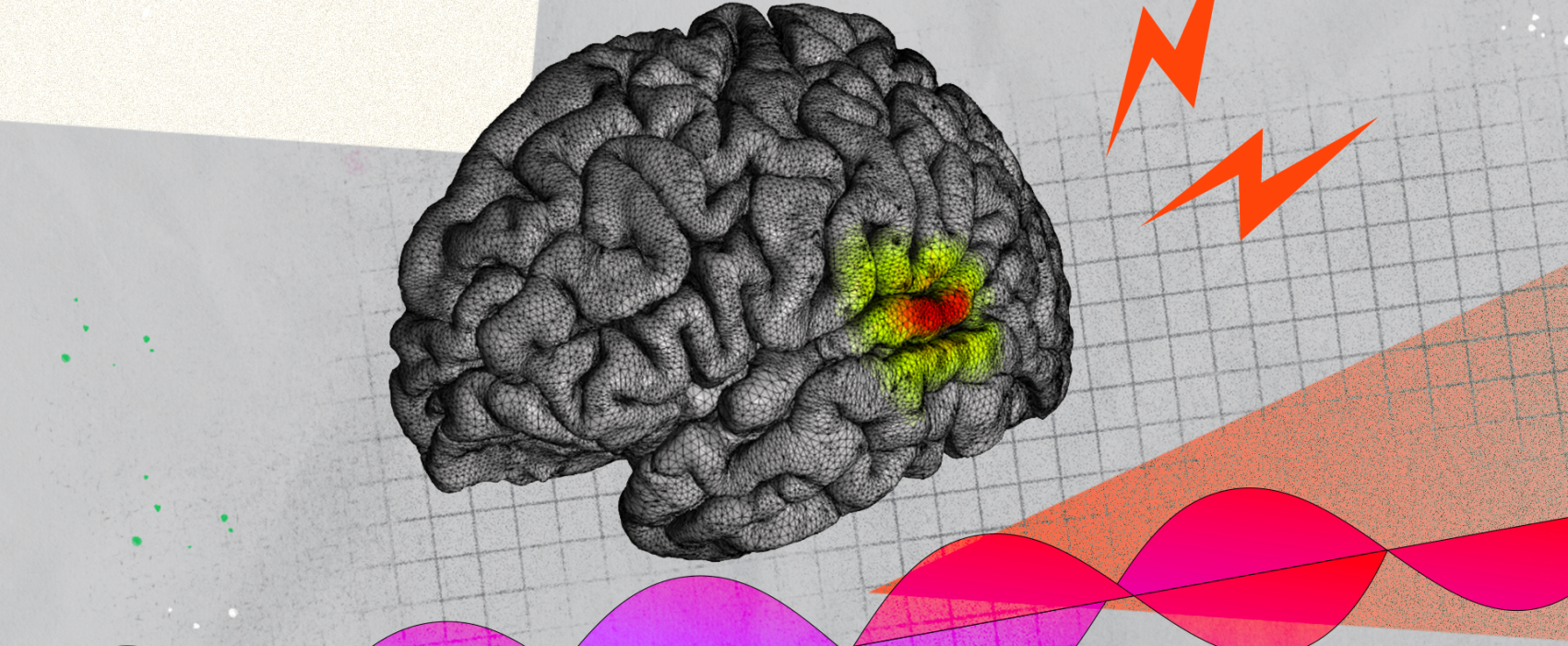For years, scientists have been working on developing new technologies to help those with limited or no speech abilities communicate more easily. Recently, there has been promising progress in the form of a brain-to-text system that can turn brain activity into words. This system has the potential to revolutionize the way people with limited speech communicate daily.
How the Brain-to-Text System Works
The brain-to-text system works by reading brain activity and translating it into words. The system is still in the early stages of development, but it has already shown promise in initial trials. The system consists of two parts: a computer program that translates brain activity into words, and a wearable device that reads brain activity.
The computer program is trained to recognize certain patterns of brain activity that correspond to specific words. When the program detects these patterns, it translates them into words and displays them on a screen. The wearable device is worn on the head and contains sensors that read brain activity. The device then sends this information to the computer program, which translates it into words.
Our ability to communicate through speech is a unique and defining trait of human behavior. Chang Lab UC San Francisco is interested in determining the basic mechanisms that underlie our ability to perceive and produce speech. Much of this processing is localized to the per-sylvian cortex, including Broca’s and Wernicke’s areas, the fundamental organizational principles of the neural circuits within these areas are completely unknown.
The human brain has an amazing ability to process speech, which is one of the most defining traits in our behavior. The UC San Francisco Chang Lab wants us understand how this works on both locales within Broca’s or Wernicke area as well as across different parts/regions throughout these key regions during processing soundwave changes so it can help them better comprehend what type canalization might exist there – meaning exactly why some people seem able communicate more easily than others despite having similar intentions when trying
Initial Results are Promising
So far, the brain-to-text system has been tested on a small number of people with limited or no speech abilities. The results have been promising, with participants being able to use the system to communicate at speeds similar to normal speech. Additionally, the accuracy of the system has been good, with few errors being made in translation.
There is still some work to be done before the brain-to-text system is ready for widespread use. However, the initial results are promising and suggest that this technology could one day revolutionize the way people with limited speech communicate.
The brain-to-text system is a new technology that shows promise for helping those with limited or no speech abilities communicate more easily. The system is still in development, but initial results are promising and suggest that this technology could one day revolutionize communication for people with limited speech.












